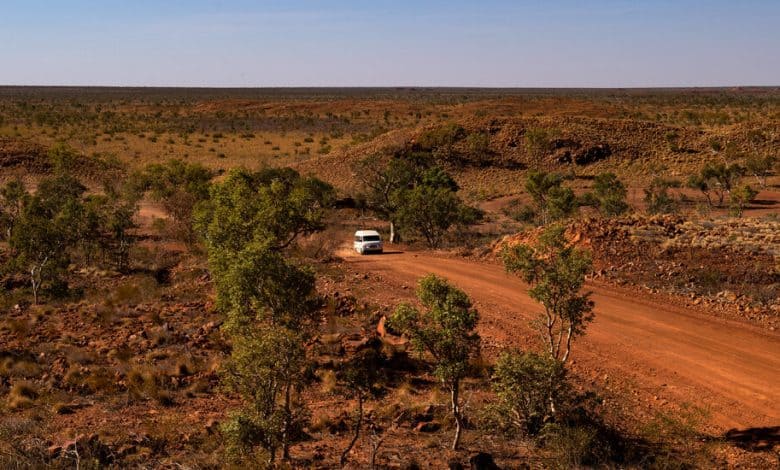How a Remote Australian Town Nearly Ran Out of Food

The Australia Letter is a weekly newsletter from our Australia bureau. This week’s issue is written by Julia Bergin, a reporter based in the Northern Territory.
Driving through Central Australia can be a battle with dust, floods, fires, collapsed roads and network failures. And when the cargo is food, even a minor setback can have serious repercussions.
The remote Indigenous community of Lajamanu was set up in the Northern Territory by the Australian government in 1949. Dozens of people, already displaced from their traditional homes, were moved there from another community about 350 miles away because of overcrowding and water shortages.
Today, Lajamanu has a population of about 800. Like many other remote communities in Australia, it is sustained by a single store that sells everything from food to diapers to washing machines. The store is supplied once a week, sometimes every two weeks, by truck drivers who have to contend with the region’s harsh conditions and treacherous infrastructure.
For the first few months of this year, the only road into Lajamanu was cut off by a combination of record rainfall, storms and flooding. The regular deliveries stopped, and stocks of food, water, medicine and other essentials began to dwindle. The community, said Andrew Johnson, a Warlpiri man and Lajamanu elder, was suffering, particularly from the lack of food.
“No strength, no energy,” he said.
Under government policy, the store should have been prepared for such an outcome, given the predictability of the annual wet season. As things got worse, residents and suppliers repeatedly appealed to the government of the Northern Territory to declare an emergency.
“The silence was deafening,” said Alastair King, the head of the Arnhem Land Progress Aboriginal Corporation, or A.L.P.A., a nonprofit organization that operates the Lajamanu store and others in remote communities. “They didn’t respond, didn’t tell us what it would take to declare an emergency and didn’t tell us why it was not declared an emergency.”
